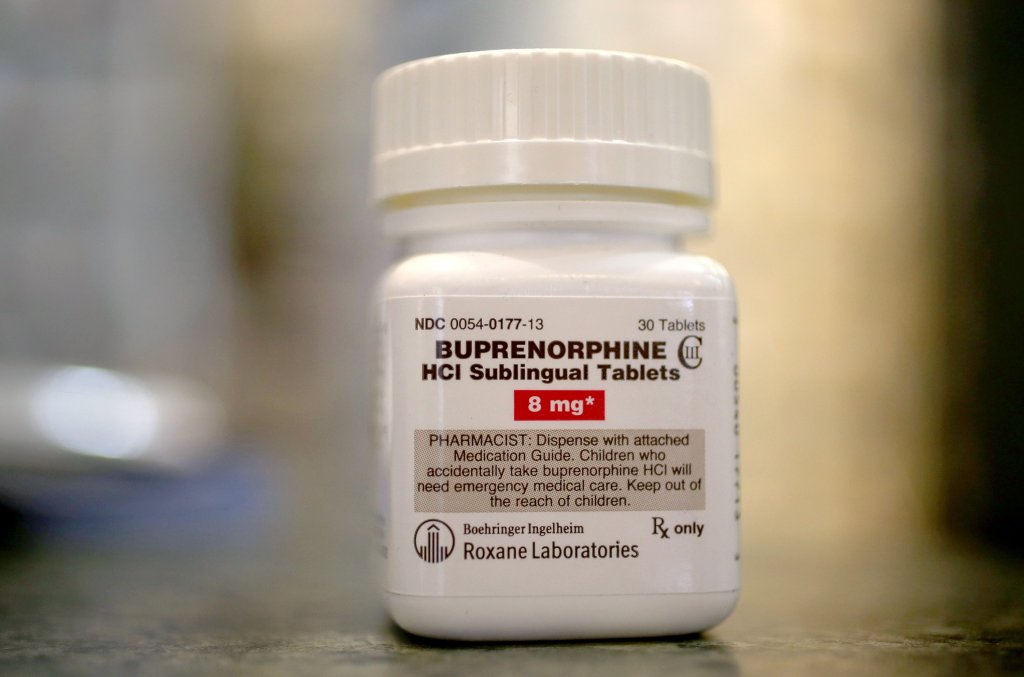Buprenorphine is one of the most popular options, along with methadone, for Medication Assisted Treatment for opioid use disorder. Researchers at UNM say the treatment when given to inmates, can help reduce the cance they’ll end up back behind bars after being released.
(Photo by Joe Raedle / Getty Images)
In the fight against the opioid epidemic, Medication Assisted Treatment, or MAT, is widely considered the most effective treatment for opioid use disorders.
Now, research from the University of New Mexico shows when given to people behind bars, it’s less likely they’ll end up going back once released.
Brady Horn is an economics professor at UNM who works with the Center on Alcoholism, Substance Abuse, and Addictions. He said his economic background and research style shows in black and white the positive benefits of the treatment.
Horn and Paul Guerin, the director of the Center for Applied Research and Analysis studied a program at the Bernalillo County Metropolitan Detention Center, or MDC, that provides methadone to inmates with opioid use disorder. Horn said he’s been looking into this subject for years now, with previous research backing up their findings.
They compared the amount of time a group of inmates were back behind bars one year after being initially released and found those who received treatment spent a month less on average locked up than those who didn’t receive MAT.
“And we didn’t study this, but in my opinion, that may have a bigger effect as the time periods get longer and longer and longer,” Horn said.
It costs more than 100 dollars a day to house someone in MDC, and Horn said the cost savings on reducing recidivism has ripple effects outward. There’s less crime being committed, reduced court costs, less police time being spent. There are also benefits like higher productivity, as people are more likely to get and hold down a job while in treatment.
Plus, Horn said when people are incarcerated, it’s a good time to offer treatment, which people may not seek out or be able to find on the outside.
Horn said he thinks it’s important for lawmakers to invest in programs like MAT in jails and prisons when there are clear benefits, and they can pay for themselves.
“If these things reduce recidivism, we should just do them,” he said. “It’s not that complicated, because not only are human lives improving, but also we’re just saving money as New Mexicans.”
Access to MAT will be required in state prisons for those coming in with prescriptions for suboxone by the end of this year. By 2026, state prisons need to be able to start someone on medication.
MDC has been offering medication assisted treatment since 2005.
Support for this coverage comes from the W.K. Kellogg Foundation.

